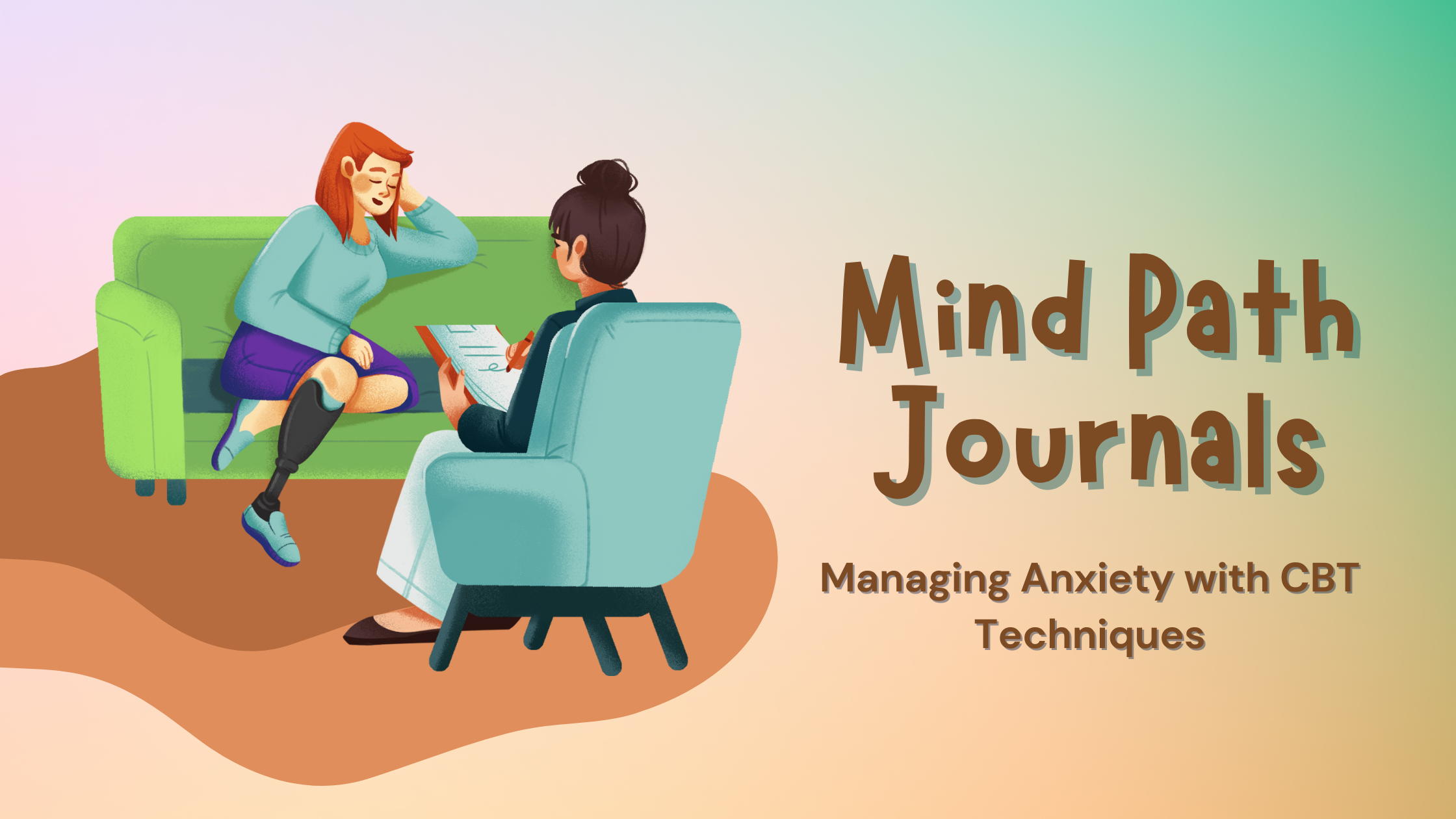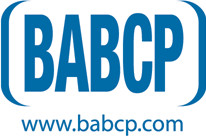Cognitive Behavioural Therapy (CBT)
Life can sometimes feel overwhelming, and caring for our mental health is so important. If you’ve ever struggled with negative thoughts, intense emotions, or the weight of anxiety and depression, you are not alone.
Cognitive Behavioural Therapy (CBT) is a structured and goal-oriented form of psychotherapy that focuses on identifying and modifying negative patterns of thinking and behaviour. It is widely used to treat various mental health conditions, including anxiety disorders, depression, post-traumatic stress disorder (PTSD) and more, with its evidence-based approach makes it one of the most researched and recommended forms of psychotherapy. It is based on the understanding that our thoughts, feelings, and behaviours are interconnected and that altering one can influence the other.


